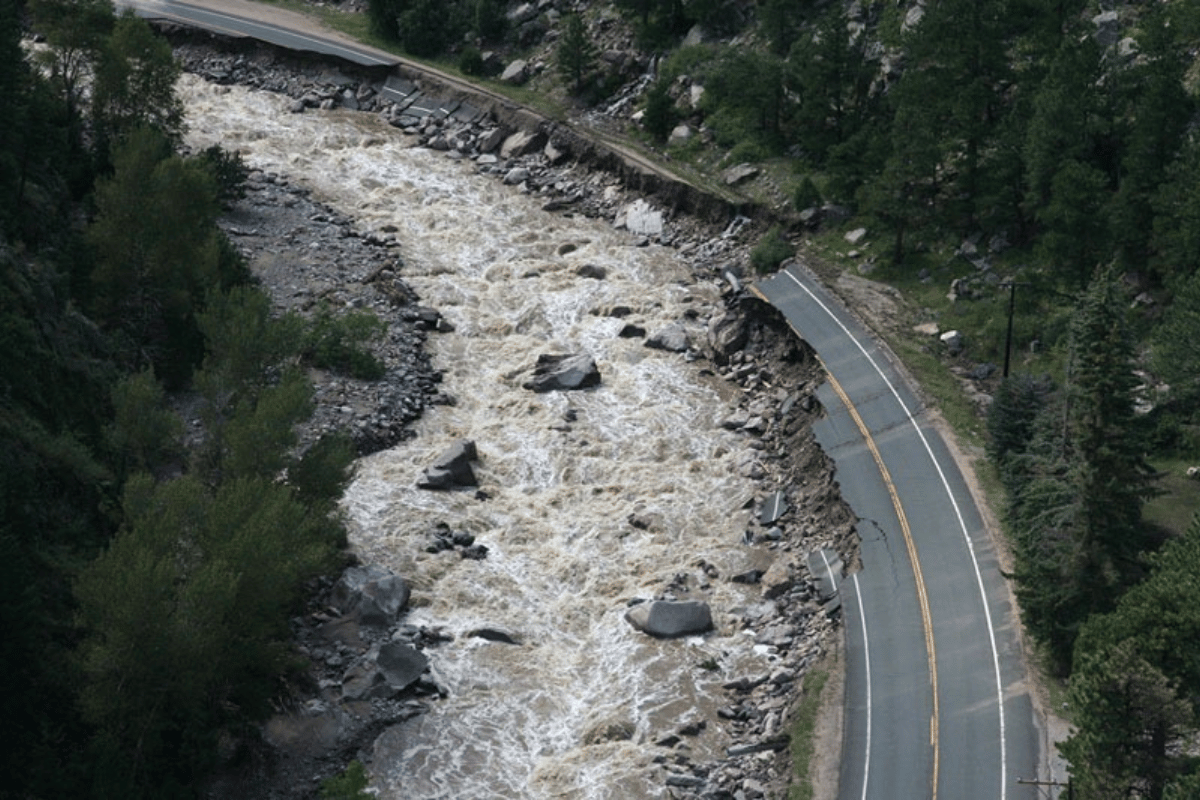
This week Hal overflows with information about Dubhe, a star in the Big Dipper.
The most famous constellation in the sky, for most people, isn’t actually a constellation. The famous Big Dipper is technically part of a larger constellation, Ursa Major, or the great Bear. The dipper part is what we call an asterism. An asterism is simply a group of prominent stars, often with the nickname, such as the Big Dipper, that is in turn part of a larger constellation.
But most people know about the Big Dipper and many can spot it in our southern Colorado and northern New Mexico skies. And there is a very interesting star, Dubhe, at the very front end of the cup of the Big Dipper. If the Big Dipper were full of water, Dubhe is the star over which it would pour.
Dubhe is interesting because it’s not a star. It’s actually a group of stars. The main star is about 30 times bigger, and 300 times brighter, that our own Sun. That star is orbited by a dim companion, which lies at a distance farther away than Uranus is to our Sun. But this is where it gets even stranger. Way farther out, and I mean way, way farther out, are two more stars. They orbit each other, and in turn they orbit Dubhe. How far out? Think of it this way – Pluto, the dwarf planet, orbits our Sun at a distance of about 40 times the Earth - Sun distance.
This double star orbiting Dubhe is found at a distance of 8000 times the Earth – Sun distance -- about 200 times farther away than Pluto. The power of gravity is amazing, and it’s mind-boggling to think sometimes about how far gravity can reach across space.
And be sure and take a good look at the Big Dipper before too long. Unlike most of the stars in the Dipper, Dubhe is moving off in its own direction. Sorry to say the Big Dipper is doomed. In a few million years, it just won’t be itself. The Big Dipper will leak.
If you’d like to take a closer look at Dubhe, or any of the other wonderful and amazing things in the sky, please visit KRCC.org or CSASTRO.org for a link to information on our monthly meetings and our free public star parties!
This is Hal Bidlack for the Colorado Springs Astronomical Society, telling you to keep looking up, Southern Colorado!








